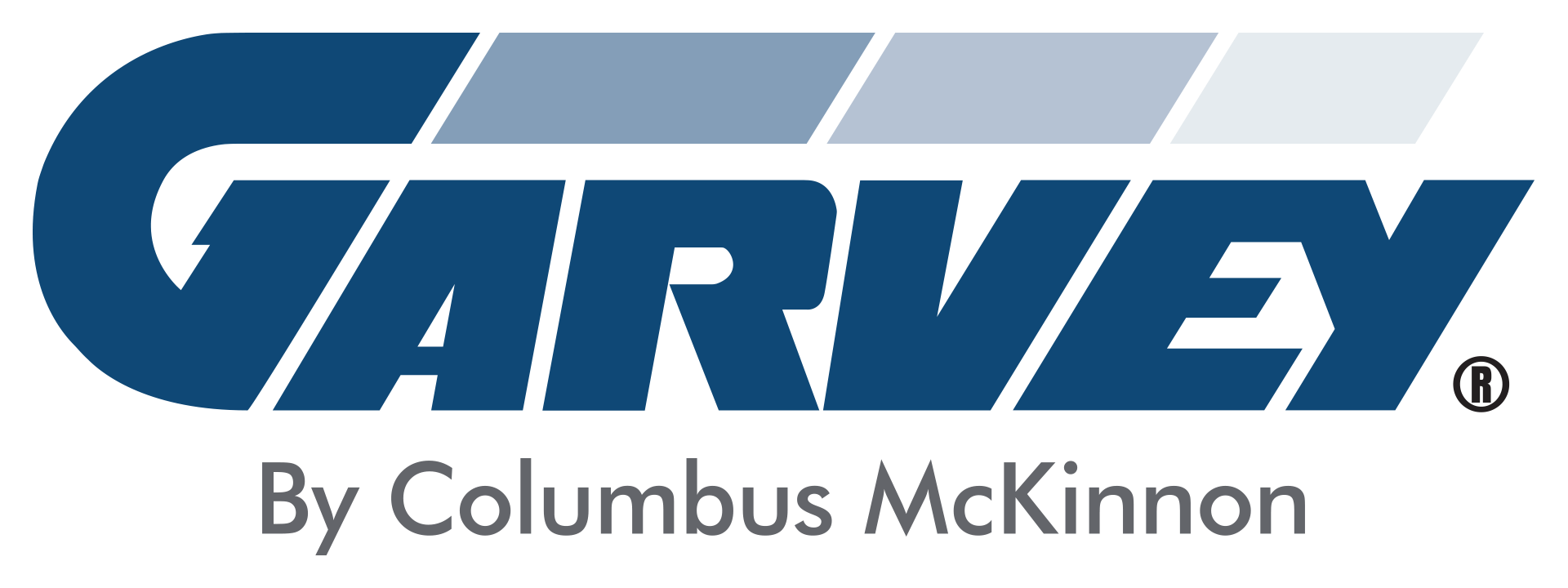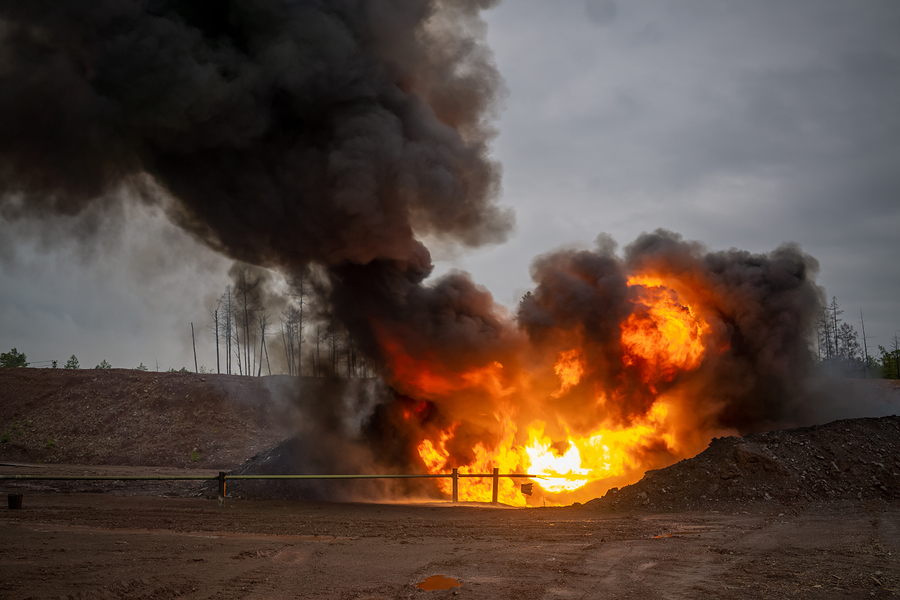As the new year begins, it’s time to take stock of what went well in the past year and make plans for the next one.
At some point, many companies look to the future and find that what got them here won’t get them there. In other words, doing more of the same won’t help them grow. This is often because there are new pressures facing the business and new headwinds they have to navigate.
The food and beverage industry is an excellent example. Many companies today are finding that their processes aren’t serving them as well as they did in the past. Consumer demands are changing rapidly, which provides new opportunities, but at the same time workers are getting harder to find and margin compression necessitates that manufacturers continue to do more with less. To succeed in 2020 and beyond, these companies will need to implement meaningful change, whether that means revamping their products to be better aligned with consumer trends, automating their plants to decrease labor requirements, or increasing their throughput to boost revenue through volume
The trick, of course, is that change is scary.
But, for many organizations, there comes a point where no matter how risky the change is, preserving the status quo is even riskier. In change management circles, this is known as the “burning platform.”
First identified by organizational change expert Daryl Conner, the “burning platform” story goes like this:
On a July evening in 1988, the Piper Alpha oil drilling platform in the North Sea exploded, killing 162 people. There were 63 survivors, including Andy Mochan, a superintendent on the rig.
When Andy saw the devastation, he knew that if he stayed on the platform, he would surely die. His other option was to jump — 15 stories into dangerously cold water — which could also kill him. He decided that possible death was preferable to certain death and jumped
This story illustrates the idea that sometimes you have to take a leap into risky change because the price of staying where you are is simply too high. Andy didn’t want to jump, but it was the only possible path to survival.
Today, the “burning platform” is a metaphor for any situation that makes organizational change an imperative. It doesn’t have to be a catastrophic event, just any circumstance that makes the price of maintaining the status quo too high.
Conner identifies four kinds of burning platforms:
- Current problems — This is the easiest one to understand. Andy’s situation was a current problem that needed to be solved right away.
- Anticipated problems — Conner writes: “Here, existing circumstances don’t reflect an immediate threat, but a trend or some type of projection into the future strongly suggests that the situation will deteriorate significantly if the current course is maintained.”
- Current opportunities — Burning platforms don’t have to be problems; they can be opportunities as well. In this case, not taking advantage of an opportunity is riskier than taking advantage of it.
- Anticipated opportunities — This is often the toughest one for organizations to adopt, because in these situations, “the benefits of leaving the status quo can only be savored later.”
So, as you make your plans for 2020, ask yourself, “Are you standing on a burning platform?” Are there problems you need to solve or opportunities you need to take advantage of to ensure your business thrives in years to come?
If those problems / opportunities involve product handling or increasing your throughput, let us know. We can help. We wish you all the best for the new year!




